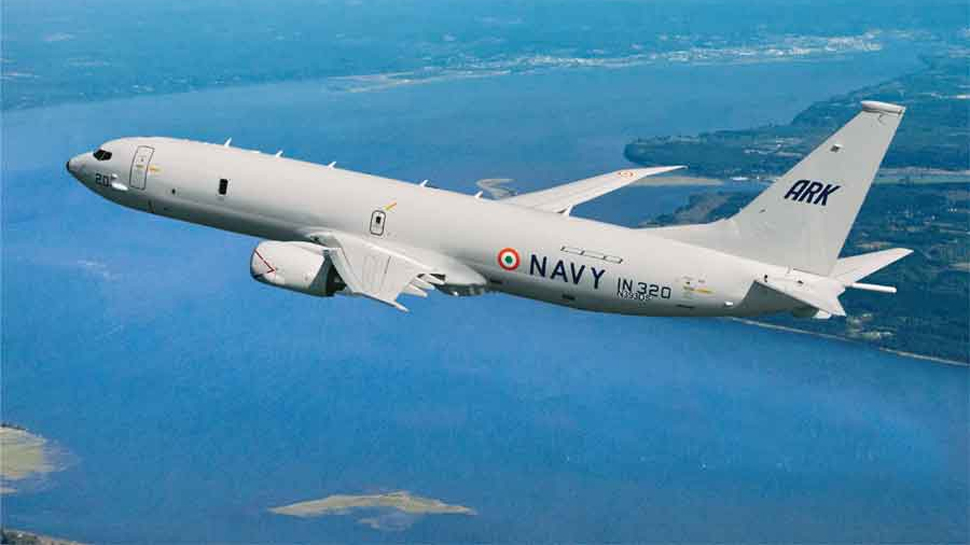SOURCE: RAUNAK KUNDE / NEWS BEAT / IDRW.ORG
)
Boeing, the American aerospace giant, has been actively advocating for the Indian Navy to procure six additional P-8I Maritime Patrol Aircraft (MPA) to bolster its maritime surveillance capabilities. The acquisition has been delayed primarily due to the Defense Research and Development Organization (DRDO) pressing for the indigenous development of a medium-class maritime Patrol Aircraft (MMPA) that aligns with the capabilities of the existing P-8I fleet operated by the Indian Navy.
Boeing has been actively promoting the acquisition of six more P-8I MPAs by the Indian Navy. The P-8I, based on the Boeing 737 platform, is renowned for its advanced maritime surveillance capabilities and has proven its effectiveness in various naval operations.
DRDO’s Center for Air Borne Systems (CABS) is spearheading the drive for indigenous development. They are working on the Multi-Mode Maritime Aircraft (MMMA) project, which is based on the Airbus C295 transport aircraft for the Indian Coast Guard and also have proposed development of medium-class Maritime Patrol Aircraft (MMPA) that will be based on larger platform to create an MPA that can match the performance of the P-8I fleet.
The proposed C295 MPA under DRDO’s development initiative is set to feature cutting-edge sensors, including an active electronically scanned array (AESA) radar. This AESA radar, optimized for air-to-sea surface monitoring, draws from technology developed for the Embraer EMB-145 Netra airborne early warning and control (AEW&C) aircraft.
The Indian Navy currently operates 12 P-8I MPAs, which have played a pivotal role in enhancing maritime surveillance in the Indian Ocean Region (IOR). The procurement of six additional aircraft is seen as vital for further strengthening surveillance capabilities.
Recognizing the evolving security dynamics in the IOR, the Indian Navy envisions a long-term need for nearly 24 MPAs to effectively monitor the region. This is a proactive response to the growing presence of Chinese naval activities in the IOR.
NOTE : Article cannot be reproduced without written permission of idrw.org in any form even for YouTube Videos to avoid Copy right strikes